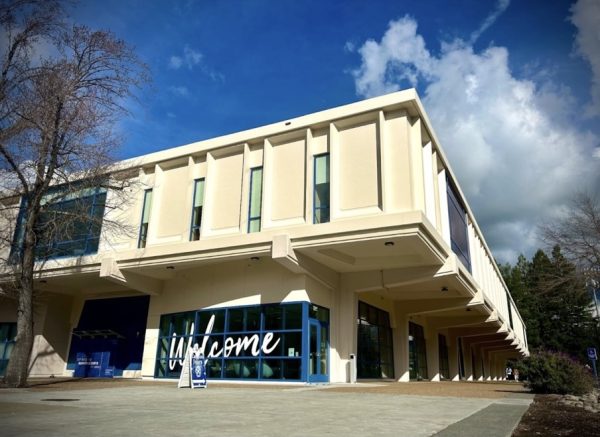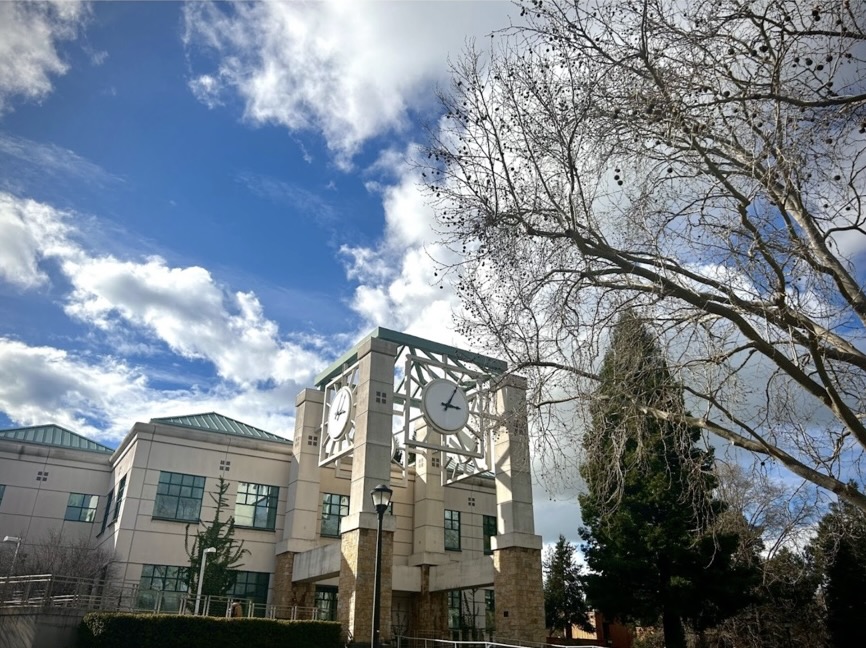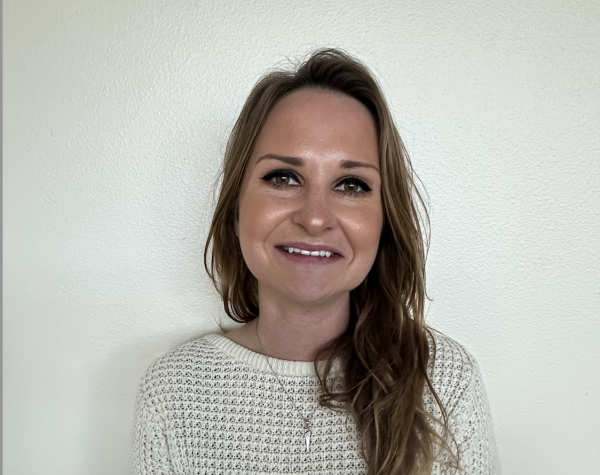Sonoma State’s enrollment rates have steadily decreased since 2018. The number of full time equivalent students at Sonoma State in 2023 was 5,388– a stark contrast from 2013, which counted 8,378 full time equivalent students– according to the Cal State University Data Center. The decline in enrollment has led to a budget deficit, and prompted the planning for academic reorganization with hopes of promoting enrollment growth as well as student and faculty success.
The Academic Reorganization Omnibus Proposal highlighted several factors contributing to the enrollment decline, including the Covid-19 pandemic, natural disaster, and changing demographics in California.
“At Sonoma State, the onset of Covid was a major contributor to our decline in enrollment. Prior to the pandemic, approximately 60 percent of our first-time, first-year enrollment was from students who lived beyond 150 miles from campus. When the pandemic occurred, students chose to stay close to home for several years to go to college,” Dr. Karen Moranski, Provost and Vice President for Academic Affairs, said.
Dr. Moranski wrote in a report on the academic reorganization, “If we know what we mean by academic excellence, then we reorganize to create the conditions that produce it. Admittedly, we all know we are reorganizing in response to a budget deficit that must be eliminated,” Dr. Moranksi said. “But if we reorganize simply to save money, then we do as little as possible to achieve the result and only care about the ‘bottom line.’ That path leads to avoiding change and avoiding innovation. We can do better than that.”
The changes proposed include reducing the number of colleges, while striving to maintain the departmental structure so students don’t struggle to find their “intellectual home.” There are currently six schools at Sonoma State– Arts and Humanities; Business and Economics; Education; Extended and International Education; Science and Technology; and Social Sciences. These will be condensed into three colleges: Science, Technology, and Business; Education, Counseling, and Ethnic Studies; and Arts, Humanities, and Social Sciences– ultimately to reduce the number of Deans and create collaboration among faculty.
Dr. Moranski said the reorganization will have little effect on current and future students. “Reorganization does not immediately impact curriculum or the degrees offered. There may be curricular changes in the future as a result of our Academic Master Planning process, but those will take time to implement,” she said.
“Our new student enrollments are up this year, and our applications are up for fall 2024, but it will take time to rebuild our enrollment to pre-pandemic levels.”
— Dr. Karen Moranski
There are a number of courses on the Sonoma State course catalog that are listed as “not recently offered,” such as Health Science and Environmental Journalism, Death and American Culture, Social Policy in the 21st Century, The Multiracial Experience, and International Business Strategy– to name a few. Dr. Moranski said, “Departments are focusing on teaching the courses necessary to ensure students can graduate in a timely way and can no longer offer the same number of elective courses because of enrollment declines. Reorganization may help to ensure that some courses continue to be offered, since faculty from different departments in the new schools can agree to help each other offer courses.”
Additionally, Dr. Moranski said “There has been a reduction in lecturer faculty as a result of the enrollment decline because we do not need the number of courses we used to need,” and explained that “academic reorganization must result in collaborations and partnerships between departments that lead to course sharing, shared services, interdisciplinary curriculum, and curriculum planning.” This is in an effort to “better manage the workload of our staff and create nodes of service for the academic core,” she said.
Sonoma State is not alone in its declining enrollment rates– but rather it seems to be part of a wider phenomenon. According to Pew Research Center, “College enrollment among young Americans has been declining gradually over the past decade. In 2022, the total number of 18- to 24-year-olds enrolled in college was down by approximately 1.2 million from its peak in 2011.”

Dr. Moranski said, “California has been the last state to see the ‘demographic cliff’ that signals an overall decline in the number of students graduating from high school.” Dr. Moranski explained that this is in part due to declining birth rates which started 20 years ago.
“In addition, students are hearing a lot in the media that makes them doubt whether college is a good choice. The national data are showing that while job descriptions in a number of industries no longer require a college diploma, companies are not hiring large numbers of people without a college degree. The jobs are competitive, and a college degree makes people more competitive,” Dr. Moranski said.
Enrollment among low-income and people of color have declined at greater rates. According to BestColleges, “Low-income students and students of color are more likely to experience financial hardship during the pandemic, and that loss of stability contributed profoundly to the massive enrollment decline.”
Amidst the tuition increase, and a rise in skepticism about the importance of a college education, the trend in declining enrollment is expected to continue. This trend impacts what is offered to current and future students, as a result of significant revenue loss.
Dr. Moranski said there are additional efforts beyond the academic reorganization to increase enrollment. “We started a Guaranteed Admission program in 2022 to 2023” and established partnerships with high schools and community colleges. “In addition, the university is using recruitment and housing scholarships to increase the number of admitted students who choose to attend Sonoma State,” she said.
According to Dr. Moranski, some of the core features which set Sonoma State apart in the CSU system include “a focus on providing a range of majors that allow for exploration, promote life-long learning and develop cross-cutting career skills, close mentoring relationships between faculty and students, a highly residential population that focuses on building community, a focus on diversity, equity, inclusion, and belonging, and a commitment to preparing students for the workforce.”
The Liberal Arts and HSI Working Group suggested additional reasons that make Sonoma State special. “SSU is a proud minority and Hispanic-Serving Institution with social justice as part of SSU’s DNA. SSU has a strong commitment to addressing emerging sustainability and resilience issues, and a strong sense of place with natural preserves as living laboratories and community-engaged learning opportunities to give students real-world experiences while supporting the growth and development of our region.”
“Our new student enrollments are up this year, and our applications are up for fall 2024, but it will take time to rebuild our enrollment to pre-pandemic levels,” Dr. Moranski said. According to the Omnibus Proposal, “We will be a smaller campus for the foreseeable future, and we must continue to align our structures with that smaller student body.”





![[Both photos courtesy of sonoma.edu]
Ming-Ting Mike Lee stepped in as the new SSU president following Sakakis resignation in July 2022](https://sonomastatestar.com/wp-content/uploads/2024/04/CC4520AB-22A7-41B2-9F6F-2A2D5F76A28C-1200x1200.jpeg)




























